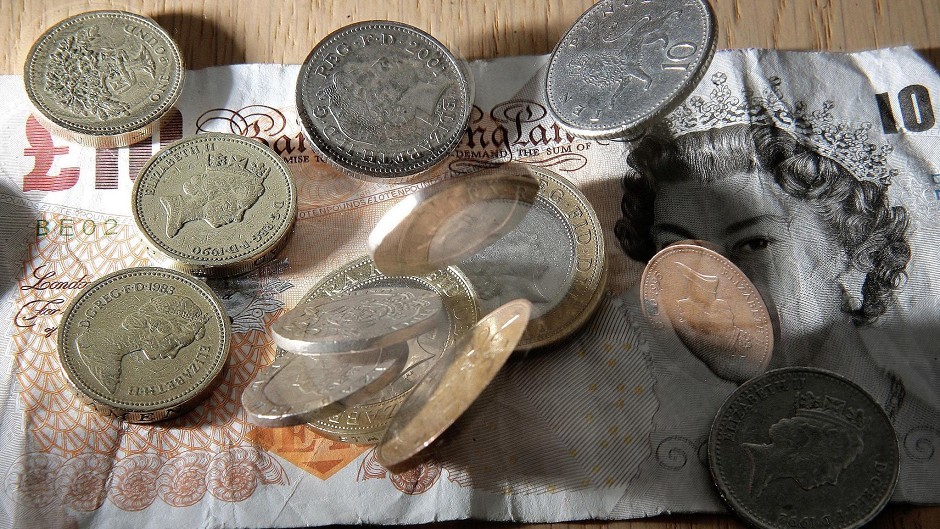Among the many taxes that businesses pay are business rates – also known as non-domestic rates – which are an annual tax based on the value of the business, commercial and public sector property that they occupy.
Business rates are calculated using the rateable value (RV) of the property (which is set by regional assessors) multiplied by a poundage rate set by the Scottish Government.
In Scotland until April 1, 2017, this means 48.4% of a property’s value.
New revaluations were recently published, setting the RVs for a five-year period which will come into effect in Scotland on April 1 this year.
Unfortunately for the north-east, the values are, as usual, based on a “tone date” of two years prior (April 1, 2015).
At the time, our economy had not yet felt the full impact of the oil and gas downturn and as a result the RVs proposed for 2017 are incompatible with the current performance of many north-east businesses.
On the evidence of the valuations published online, we can estimate that this will result in enormous upward cost pressure.
Some of our members have been shocked to find their bill increasing by 50%, 100% and even over 200%.
The RVs proposed for 2017 have the potential to drive many regional businesses which have managed to stay afloat into insolvency, or at best to lead to further job losses.
The chamber of commerce, alongside other partner organisations, is leading a campaign to gather evidence from businesses across the north-east and present a case for relief to the Scottish Government.










